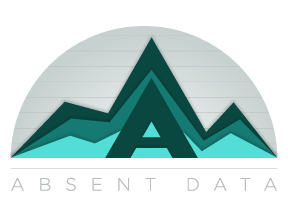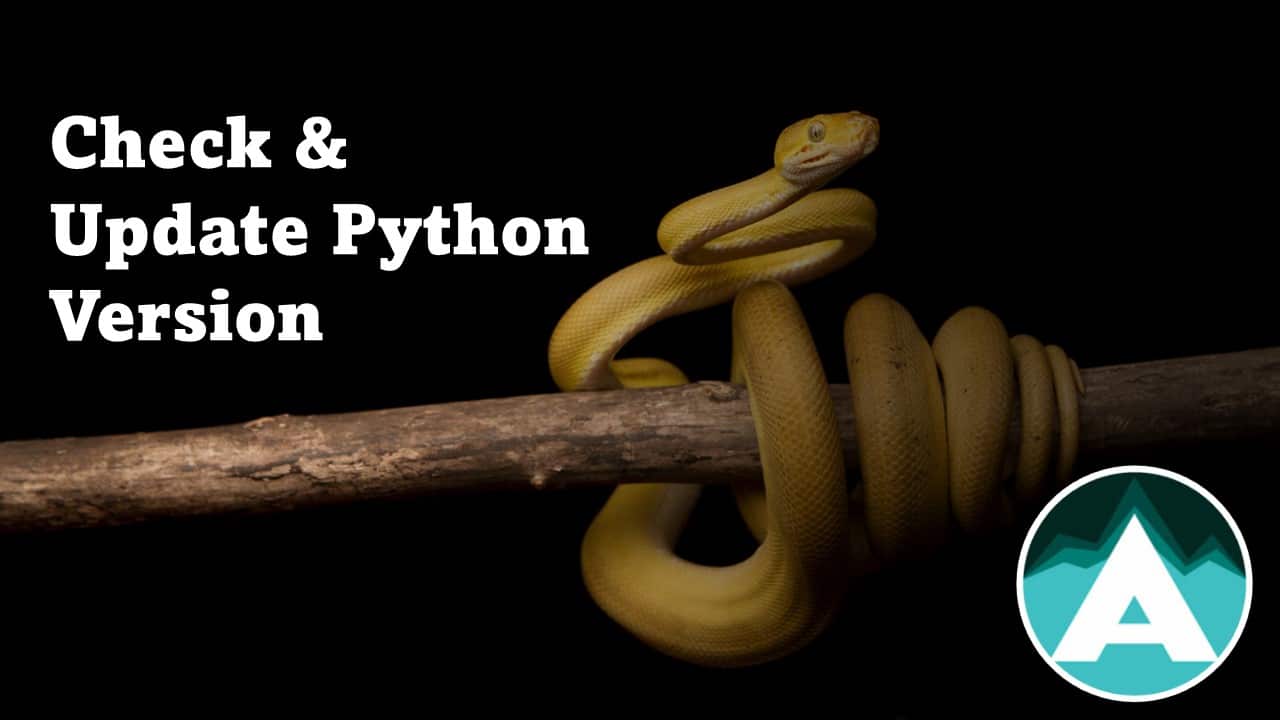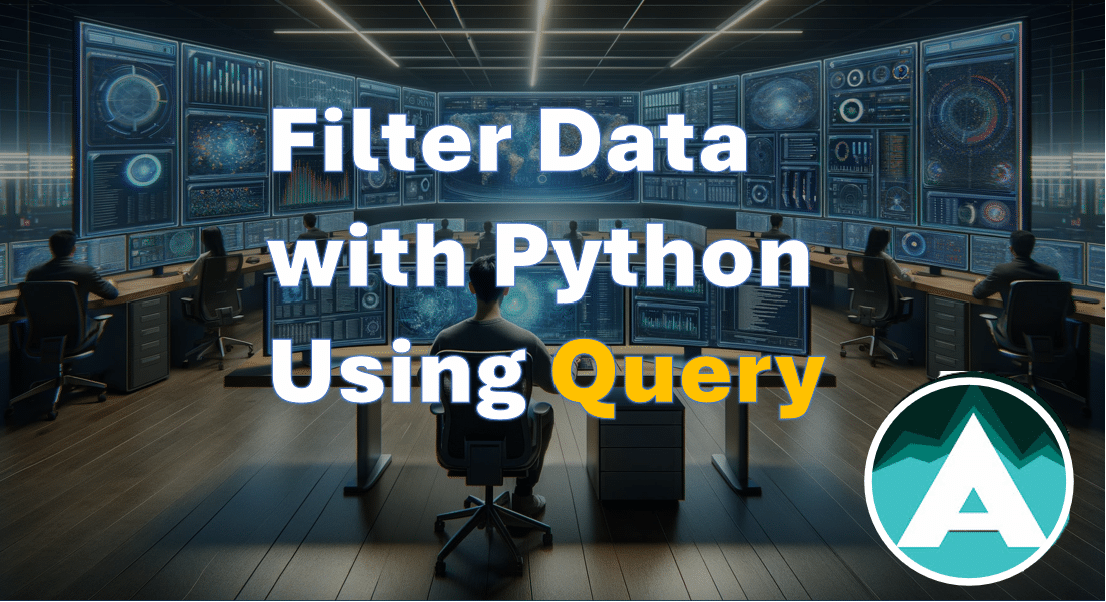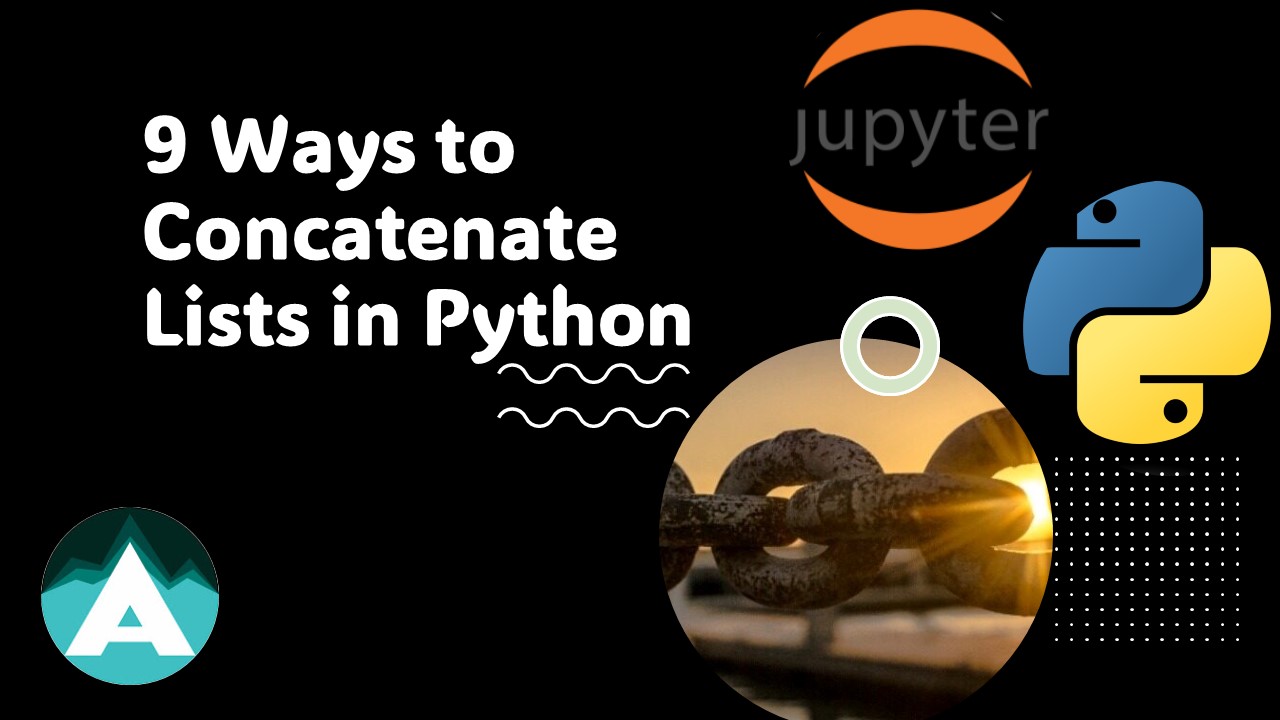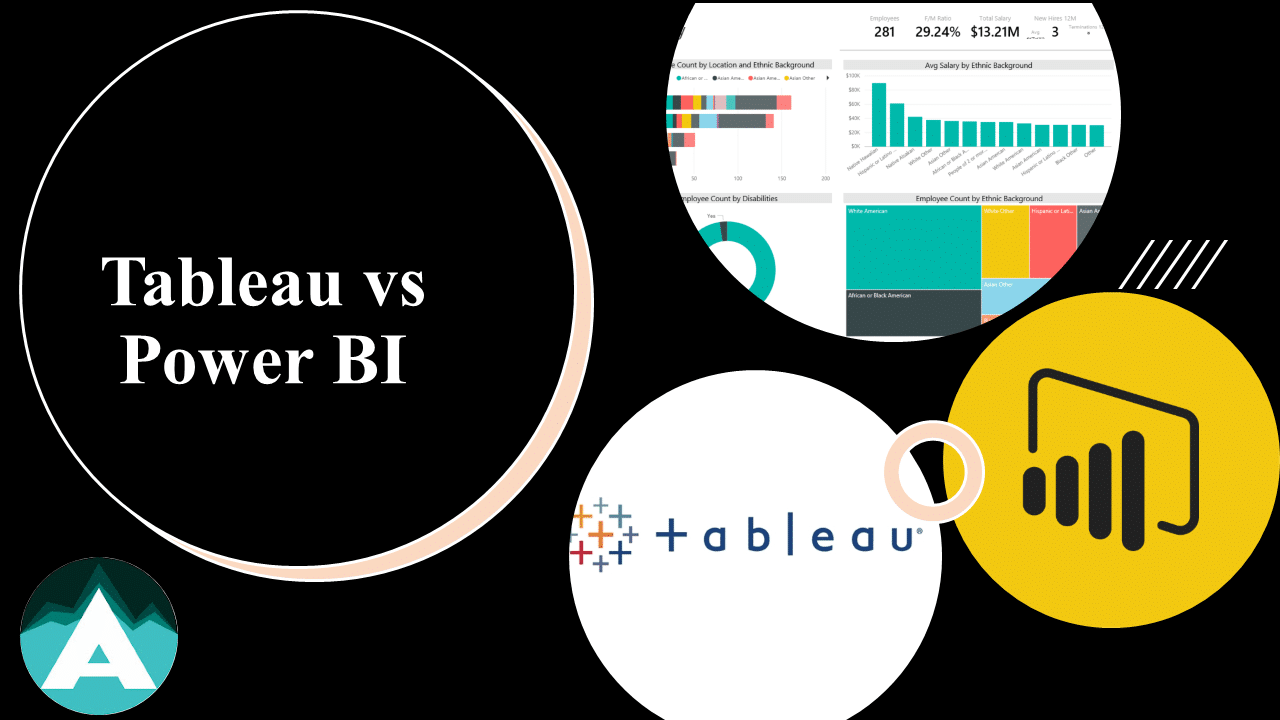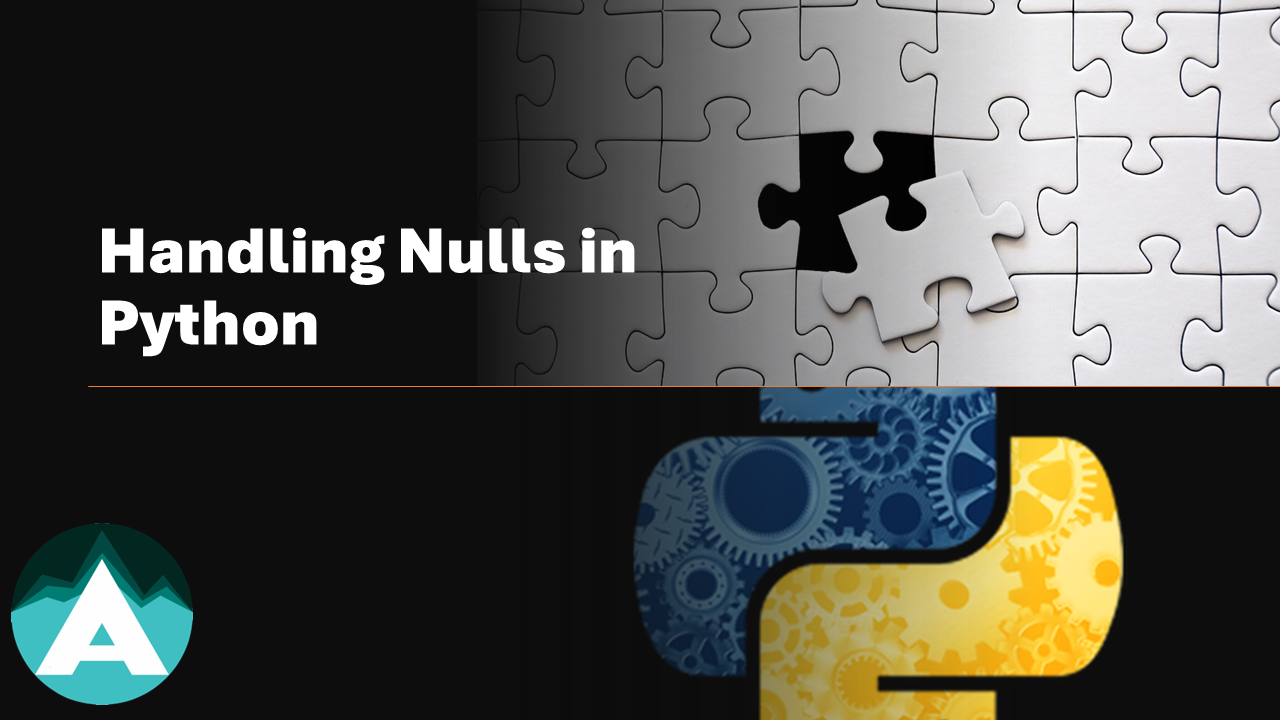Where to Find Data?
It’s often a struggle to find the good data that you really need to help enhance your data projects. However, Let’s continue to build a comprehensive list of sources that hopefully provide you with a wealth of datasets to work with. Check Out Data Camp to Practice Real-World Data Analysis Data Analysis Project Datasets: You […]
